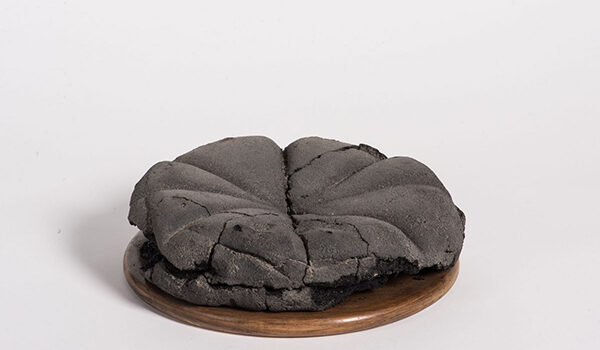THE ORGANIC FINDS OF POMPEII PROVIDE NEW INFORMATION ABOUT THE MANAGEMENT AND EXPLOITATION OF ANIMAL AND PLANT RESOURCES for the DIET of ANCIENT POMPEIANS
Scientific article published in the journal Scientific Reports
How were sheep, goats and pigs reared, how were freshwater and marine resources exploited and how were cereals and legumes cultivated in ancient Pompeii? The study of the various products that formed the basis of the diet of the inhabitants of Pompeii, together with the techniques of cultivation and the management of food resources, has been the subject of detailed analysis. This research was carried out in collaboration with the “Annamaria Ciarallo” Applied Research Laboratory of the Park of Pompeii and the DistaBiF laboratory of Luigi Vanvitelli University of Campania, with a significant scientific contribution from La Sapienza University in Rome and the Department of Archaeology of the University of York.
The results of the research are contained in the Open Access article that has just been published in the leading journal Scientific Reports: https://www.nature.com/articles/s41598-025-12156-7.
The study examines the food resources of Pompeii, beginning from a scientific basis – the analysis of isotopes (atoms that have the same atomic number but a different atomic mass) of carbon and nitrogen – in order to explore the diet of the ancient inhabitants of Pompeii, their access to plant and animal resources, and the techniques they employed for agriculture and animal rearing.
Few archaeological sites continue to yield such a huge quantity and variety of organic remains as Pompeii. Besides information about the Pompeians’ diet, the study has also provided data about the diversification of the techniques of rearing animals and cultivating plants.
The conclusions, which refer to an in-depth scientific analysis of the diet of humans and the animals themselves, highlight the extremely varied diet of pigs, as well as the different techniques of rearing goats and sheep.
The research also examines the consumption of legumes and cereals, which were a fundamental part of the diet of the city’s inhabitants. It also confirms the presence of varied marine resources in the diet, as indicated by the literary sources which provide evidence of the intensive exploitation of the freshwater and marine environment.
The diet of Pompeians and these strands of research were the subject of detailed research as part of the exhibition entitled “l’Altra Pompei”(The Other Pompeii) held at Palestra Grande in Pompeii last year: https://www.youtube.com/watch?v=rnuu4ggBfYg
"Research continues even after the excavation; indeed, as this study shows, a careful examination of the evidence brought to light even a considerable time ago, thanks to the use of new analytical techniques and methodologies, is opening up new horizons that were previously unimaginable, “ underlined Gabriel Zuchtriegel, the Director of the Archaeological Park. “Given that a third of the ancient city of Pompei has yet to be excavated, the amount of data that could potentially be obtained by analyses such as this one is not even quantifiable, since it depends on the technological and methodological progress currently underway. We shall definitely invest further resources into the study of the human remains and organic materials of Pompeii which still have many secrets waiting to be revealed”.


